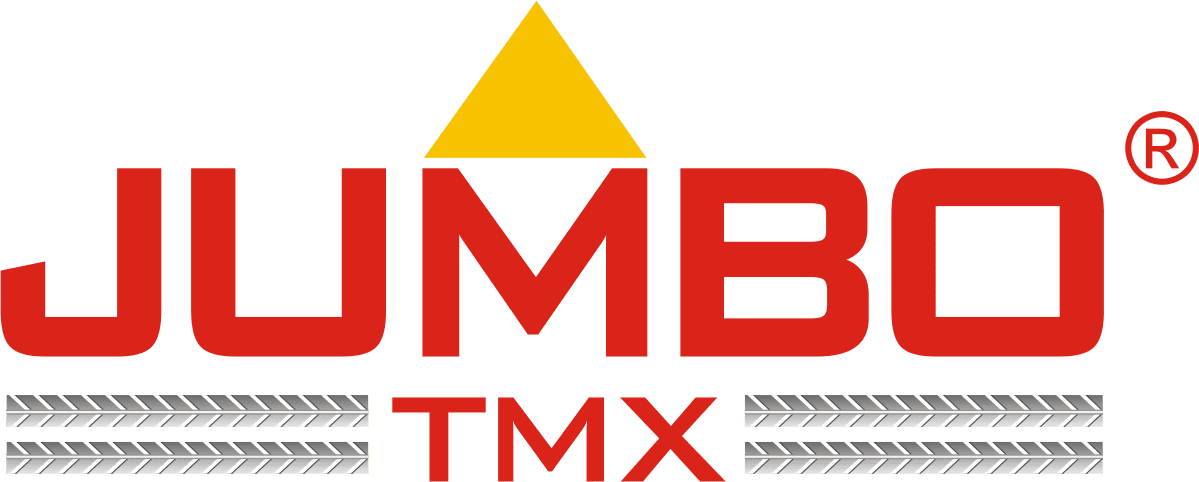Known for its incredible density and unmatched melting point, tungsten has been a cornerstone in the industry for years. Now, there’s something even more extraordinary on the horizon: ultra-tungsten.
This advanced variant emerges as a focal point in cutting-edge discussions. It promises to redefine the standards of durability and performance. In this article, we’ll explore the world of ultra-tungsten and delve into its enhanced properties and groundbreaking potential.
The Composition and Manufacturing Process of Ultra Tungsten

When people talk about advanced materials, ultra-tungsten pops up a lot. But there’s no clear definition for ultra-tungsten. It covers a bunch of tungsten-based materials that are just better than the usual tungsten we know.
Tungsten Alloys: By blending tungsten with other metals such as nickel, cobalt, or rhenium, we can engineer alloys that give enhanced strength, flexibility, and resistance to heat. These advanced alloys may fall under the “Ultra Tungsten” umbrella in specific scenarios.
Nanostructured Tungsten: Ongoing research aims to develop tungsten with a nanocrystalline structure that enhances its mechanical properties. Materials resulting from these innovations are candidates for the designation of “Ultra Tungsten” due to their improved strength.
Tungsten Composites: Integrating tungsten with supplementary materials, for example, carbon fibers, can result in composites that showcase remarkable qualities. Such advancements may qualify these materials to be recognized as “Ultra Tungsten.”
Key properties of Ultra Tungsten

Ultra-tungsten leads the way in advanced materials. It has unique properties that are essential for many high-tech applications.
1. Offer High-Density
Ultra Tungsten’s density is significantly higher than that of most metals, making it exceptionally effective for applications requiring substantial weight in a compact form. This property is crucial for applications like aerospace counterweights and vibration-damping components.
2. Deliver Exceptional Strength
The tensile strength of ultra-tungsten is remarkable, enabling it to withstand immense pressures and maintain integrity under extreme temperatures. This strength is vital for components exposed to high-stress conditions, ensuring reliability and longevity.
3. Furnish High Melting Point
With a melting point surpassing most metals, Ultra Tungsten retains its structural integrity at temperatures where others would falter. This characteristic is essential for high-temperature applications in industries such as aerospace and nuclear energy.
4. Advanced Corrosion Resistance
Ultra Tungsten exhibits superior resistance to corrosion and oxidation, even in environments that are challenging for other materials. This resilience ensures durability and sustained performance in a wide range of applications, from chemical processing to marine environments.
5. Provide Conductivity
Its notable electrical and thermal conductivity makes Ultra Tungsten a preferred material in electrical applications and heat management solutions, providing efficient energy transfer and thermal regulation.
Refer to the table below for the detailed information.
| Property | Value | Units |
| Appearance | Shiny, silvery-white metal | – |
| Atomic Weight | 183.85 | g/mol |
| Melting Point | 3410 | °C (6152 °F) |
| Boiling Point | 5660 | °C (10220 °F) |
| Density | 19.3 | g/cm³ |
| Crystal Structure | Body-Centered Cubic (BCC) | – |
| Electrical Conductivity | 1.78 x 10^7 | S/m |
| Thermal Conductivity | 173 | W/(m·K) |
| Coefficient of Thermal Expansion | 4.9 x 10^-6 | /K |
| Young’s Modulus | 410 | GPa |
| Poisson’s Ratio | 0.284 | – |
| Hardness (Mohs) | 7.5 | – |
| Hardness (Vickers) | 343 | HV |
| Oxidation States | +2, +3, +4, +5, +6 | – |
| Common Isotopes | ¹⁸²W, ¹⁸⁴W, ¹⁸⁶W | – |
Diverse Applications of Ultra Tungsten
Ultra Tungsten’s remarkable properties empower its use across a spectrum of critical industries. Its unmatched strength, high melting point, and resistance to extreme conditions make it an invaluable resource in numerous applications.

1. The Aerospace and Aviation Industry
In aircraft and spacecraft manufacturing, Ultra Tungsten’s robustness and ability to endure the rigors of high temperatures are pivotal. These features ensure the safety and longevity of components exposed to the harsh conditions of flight and space exploration.
2. Construction Industry
In the world of towering skyscrapers and other lofty constructions, the integration of Ultra Tungsten with TMT bars is invaluable. This combination brings unmatched strength, durability, and resilience against environmental challenges, ensuring these giants stand tall against the test of time and nature.
3. Automotive Industry
Ultra-tungsten is crucial in producing wear-resistant parts and electrical contacts within the automotive industry. Its durability and conductivity enhance vehicle performance and longevity, marking a leap forward in automotive engineering.
4. Infrastructure Projects
For the backbone of any nation—its bridges, highways, and tunnels—Ultra Tungsten mixed with TMT bars provides the essential longevity and capacity to bear heavy loads. This ensures infrastructure remains safe and reliable for decades, supporting the continuous flow of people and goods.
5. Industrial Facilities
The harsh conditions of industrial environments, characterized by frequent exposure to chemicals, extreme temperatures, and physical wear, demand materials that can endure without compromise. Ultra-tungsten-reinforced TMT bars rise to this challenge, offering superior resistance to such aggressive conditions and ensuring the longevity of industrial facilities.
Conclusion
The exploration of ultra-tungsten underscores the continuous advancement in material science and promises a future where the capabilities of tungsten are expanded beyond current limits. Through dedicated research and development, we are on the cusp of harnessing ultra-tungsten technology that could revolutionize industries with its superior properties.
At the forefront of this innovation, JUMBO TMX is integrating Ultra Tungsten technology with TMT bars, setting a new standard for strength, durability, and performance in construction.





